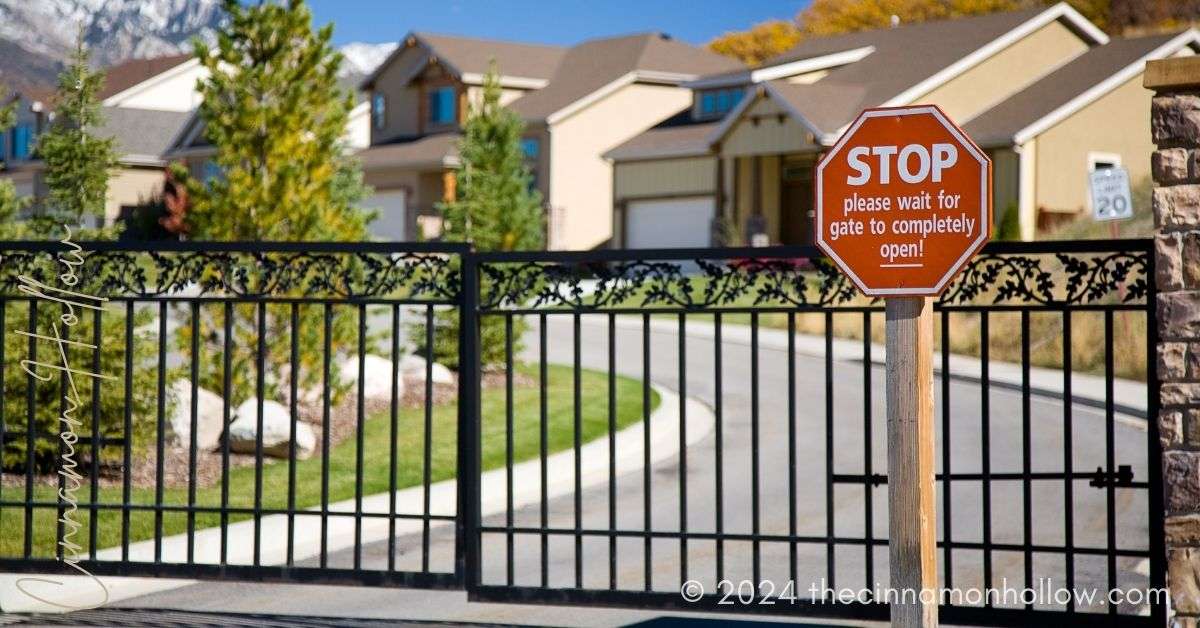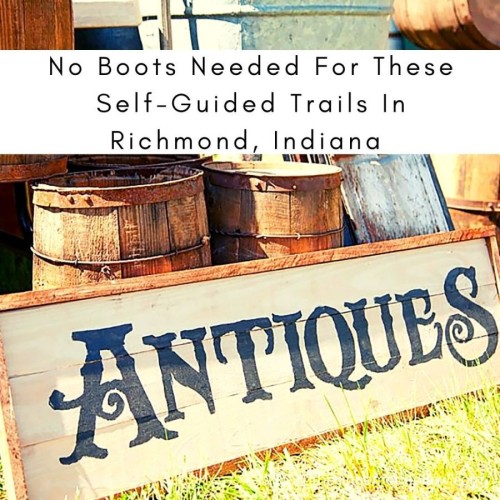Living in a gated neighborhood provides an array of benefits, from enhanced security to a tranquil living environment. However, the true value of such communities is unlocked when they are both cohesive and safe. Creating a harmonious environment not only contributes to the overall well-being of residents but also fosters a sense of belonging and community pride.
In this blog post, we will explore the steps necessary to build and maintain a cohesive and secure gated community.
Defining a Cohesive Community
Characteristics of a Cohesive Community
A cohesive community within a gated neighborhood is characterized by strong interpersonal connections, mutual trust, and an inclusive atmosphere. Residents feel connected to one another and take pride in their shared spaces. Key traits include:
- Active Participation: Residents engage in community events and activities.
- Open Communication: Regular communication channels allow for transparent discussions about community matters.
- Supportive Environment: Neighbors look out for one another, offering assistance and support when needed.
- Unified Goals: Shared objectives, such as maintaining cleanliness and safety, drive collective action.
Benefits of Fostering a Sense of Community
A tightly-knit community offers numerous advantages, including:
- Enhanced Security: A close community is more vigilant, making it harder for potential threats to go unnoticed.
- Improved Quality of Life: Social interactions and mutual support contribute to a happier living environment.
- Increased Property Values: Properties in well-maintained, cohesive communities tend to retain or increase in value.
- Stronger Advocacy: Unified communities can better advocate for local improvements and services.
Ensuring Safety and Security
Strategies for Improving Safety
Safety is a top priority in any gated community. Here are several strategies to enhance security:
- Gated Entry Systems: Implement advanced access control systems with keycards, biometric scanners, or license plate recognition to manage who enters the community.
- 24/7 Surveillance: Install CCTV cameras at strategic locations to monitor activity around the clock.
- Professional Security: Employ trained security personnel to patrol the area and respond to incidents.
- Emergency Protocols: Develop and disseminate clear emergency plans and conduct regular drills.
Introduction of Technology and Community Watch Programs
Leveraging technology can significantly bolster community safety:
- Smart Home Security: Encourage residents to install smart locks, cameras, and alarm systems in their homes.
- Community Apps: Deploy apps that allow residents to report suspicious activities, receive alerts, and communicate with security personnel.
- Neighborhood Watch: Establish a community watch program where residents volunteer to monitor the neighborhood and coordinate with local authorities.
Community Engagement Activities
Ideas for Organizing Events
Community events are essential for building relationships and fostering unity. Consider organizing:
- Seasonal Celebrations: Host holiday parties, barbecues, and festivals that bring everyone together.
- Sports and Recreation: Arrange sports leagues, fitness classes, and outdoor movie nights.
- Educational Workshops: Offer workshops on topics like gardening, home improvement, and cybersecurity.
- Volunteer Programs: Initiate group activities like neighborhood clean-ups and charity drives.
If you have any questions or need assistance, don’t hesitate to reach out to your community manager from Tulsa for personalized support. They can also provide resources and guidance for organizing events and promoting community engagement.
The Role of Communication
Effective communication is the backbone of community engagement. Ensure:
- Regular Newsletters: Send out monthly or quarterly newsletters updating residents on community news, events, and important notices.
- Social Media Groups: Create private social media groups for residents to share information and stay connected.
- Town Hall Meetings: Hold regular town hall meetings where residents can voice their opinions and contribute to community decisions.
Challenges and Solutions
Common Challenges and Practical Solutions
Maintaining a cohesive and safe environment comes with its own set of challenges. Here are some common issues and ways to address them:
- Lack of Participation: Encourage engagement by organizing events that cater to diverse interests and schedules.
- Communication Breakdowns: Clearly establish communication channels and protocols, and regularly review them.
- Disputes among Residents: Create a conflict resolution process and appoint mediators to resolve issues peacefully.
Conclusion
Creating a cohesive and safe environment in a gated neighborhood requires effort, collaboration, and a commitment to continuous improvement. By fostering a sense of community, employing robust security measures, and engaging residents through various activities, you can significantly enhance the quality of life for everyone involved.
Let’s work together to build a neighborhood where everyone feels secure, connected, and proud to call home.









